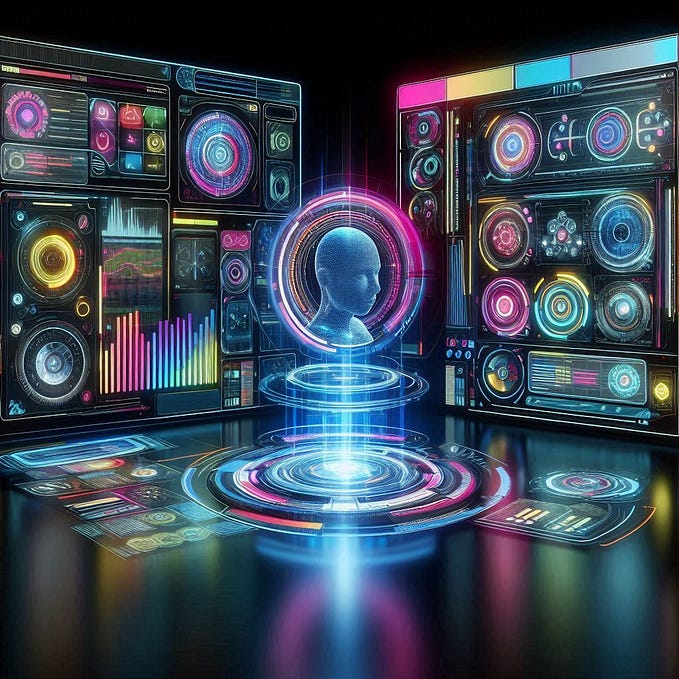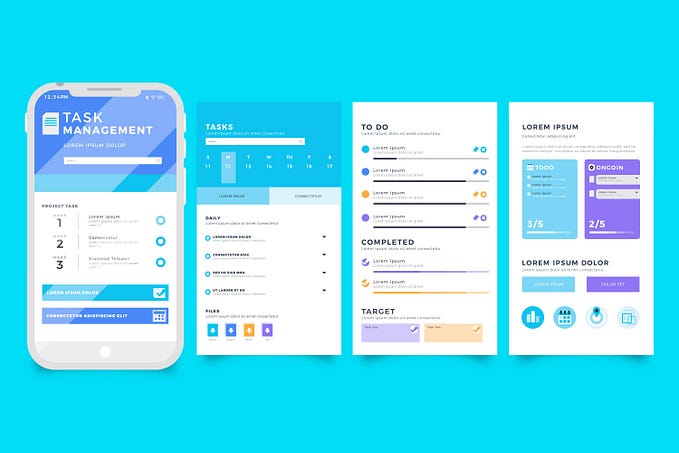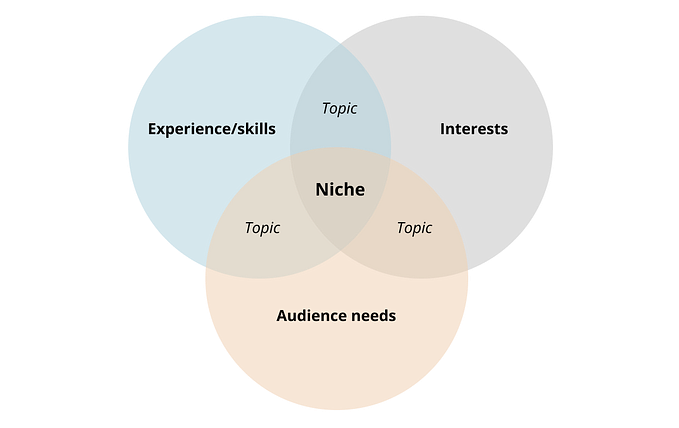New Technologies Will Disrupt UX

Recently, I’ve been thinking a lot about new (or, perhaps not so new) technologies and what they entail for the future of user experiences. There’s been so much talk about artificial intelligence, Internet of Things, voice assistants… with the list going on and on.
As a designer of user experiences, I’m fascinated in the possibilities that new technologies bring to human — machine interactions.
How will user experiences be transformed by new technologies?
What does that mean for the future of interface interactions, specifically screens?
How can designers make sure they focus on creating human-centred experiences in the face of new technologies?
We can hardly argue that our current user experience with digital interfaces is ideal. In his book ‘The Best Interface is No Interface’, author Golden Krishna declares that screens have taken over our lives, and argues that the best interface is having no interface. As Voice UI and AI becomes more prominent, this may mean we’ll slowly move away from our heavy usage of digital interfaces. New technologies promise to address our apparent screen addictions.
Artificial Intelligence and the future of user experience
One of the most notable examples of consumer side AI driven products are conversational chatbots. AI chatbots are becoming increasingly good at having conversations with us. Just look at Mitsuku, an AI chatbot created by Pandorabots, a multi award-winner of the Loebner Prize Turing Test, (yes, the Turing Test) a competition that awards artificial intelligence programs considered to be most human-like.
This trend of chatbots and AI powered apps (in the short term at least, within a specific set of use cases) will increase and raises questions about designing for human — AI interactions. The question is not whether AI will change the game for user experiences, but when they will reach critical mass and outperform existing user interfaces.
Designing for AI products
As AI becomes embedded in the products we use, making more and more decisions on behalf of people, we as (future) AI designers should at least be aware of what anticipatory design is. Joel van Bodegraven talks about both the promises of predictive user experiences — smart, reduction of user’s the cognitive load, and the challenges — user privacy and experience bubbles.
Google has done some interesting work on bridging Artificial Intelligence technology with design in their neat People and AI Guidebook (PAIR), which lays out design guidelines and best practices when designing for AI products. Using Google Clips as an use case, they help us understand the UX of AI.
Humanising Autonomy
Digital product and design studio ustwo (among other things) considers the human experience of self driving cars in their work Humanising autonomy. Although we might not yet be near the time when self driving cars take over the streets, ustwo explores the potential issues surrounding human needs that arises with autonomous vehicles: mobility, autonomy, trust and accessibility.
Voice UI
The market has seen a proliferation of voice assistants, both physical and built in virtual software: Alexa, Google Home, Siri, Google Assistant and Cortana. Voice UI has been called ‘invisible interfaces’, whereby voice is used as the primary or only interaction between people and devices. Voice UI is fascinating, but while voice interaction is very different to Graphical UI interaction, and thus designing for it requires an understanding of voice communication, usability still matters.
Touchless Gesture Interaction
If the future of user experiences will become even more human-centred, then Project Soli is an indication of where we’re headed. The new sensing technology works by tracking the motion of a person’s hand. By detecting touchless gesture interactions using radar, a person’s hand becomes the interface and gestures become the input. Soli’s potential applications are wide ranging — from wearables, cars to Internet of Things. This type of innovation is exciting and suggests that we might just be scratching the surface of what’s possible and what’s to come. Virtual reality and augmented reality technologies also come to mind. Imagine the friction points that could be eliminated if we could gesture with not only our hands, but with our bodies…
What does this all mean for designers?
Innovative technologies and products will break existing mental models and form new ones. The trend of the digital and physical merging and blending together (IoT) promises to transform our environments, living and working spaces. Again, the potential for voice, motion and tactile interactions are huge.
With opportunities comes challenges. New technologies are exciting, but will fall short if they don’t address human needs and enhance a user’s experience.
For designers, this means continuously learning and understanding new technologies and contexts when designing for people. How people interact with new technologies will be different to the interactions with current technologies, so designers will need to have a strong grasp of these new systems.
Designers will need to rethink and create new mental models for future human — machine interactions. What’s more, there’s an increasing need to take into account wider social and ethical considerations when designing user experiences. We’re talking about issues such as user privacy, data security and well-being.
In the not so distant future, many of us will increasingly be designing with data and artificial intelligence. These will become embedded within the design process.
Fundamentally, human-centred design will still matter. Designing for usability will still matter. Empathy towards people will be all the more important in the face of constant technological innovations.
Some suggestions for designers:
Embrace continuous design — allow for feedback and input from users across every part of their experience with the product or service.
Anticipate user’s needs — identify and understand their needs before designing solutions that should be intuitive and appreciated by users.
Design for messiness — humans are unpredictable and prone to making errors. This is especially true when they are introduced to anything new. Always design with this in mind.
When it comes to new technologies, design matters. UX matters. If new technologies are not designed in ways that help, augment or enrich our lives in meaningful and practical ways, it doesn’t really matter how shiny the technologies may be.
Let’s zoom way out. Michael Eisenberg, a technology investor lays out a philosophy and strategy for investing in humanity over the coming decades. I’ll end with a quote of his:
“…the next technological revolution and investment trend is humanity. Talking. Touching. Hugging. Caring. Educating. Helping. Succeeding Together. Healing.”
References and further reading
The Best Interface is No Interface Book
Communications Market Report
Mitsuku AI Chatbot
Turing Test
No UI is The New UI
Designing Anticipated User Experiences
Google’s People + AI Guidebook (PAIR)
The UX of AI | Google Design
Humanising Autonomy | ustwo
Project Soli | Google
The Era of Living Services | Fjord
Long Humanity
Thanks for reading!
Feel free to reach out to me on Twitter!








